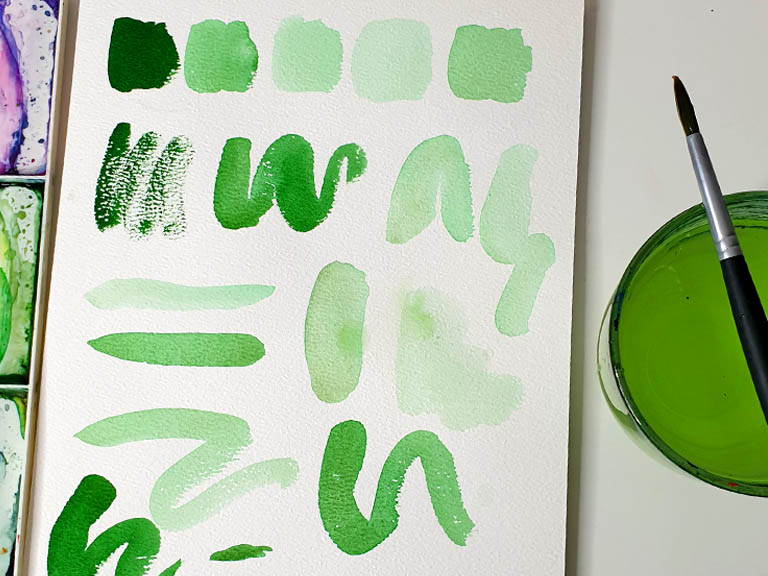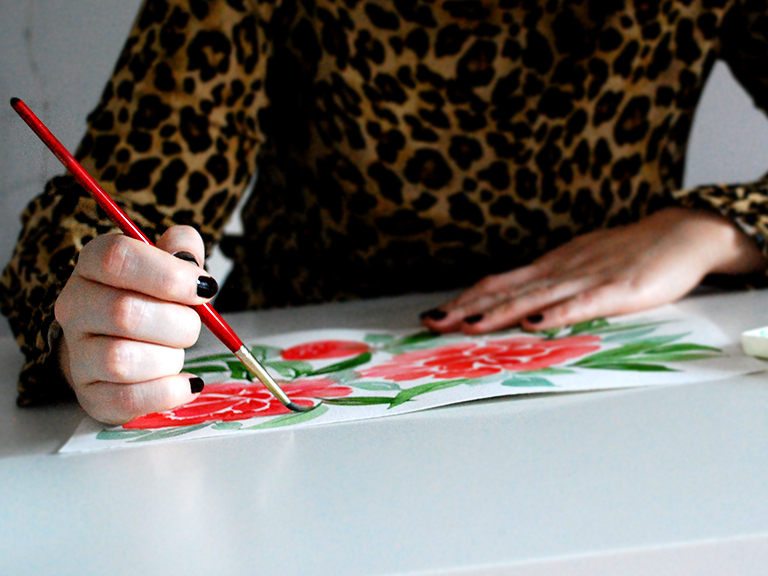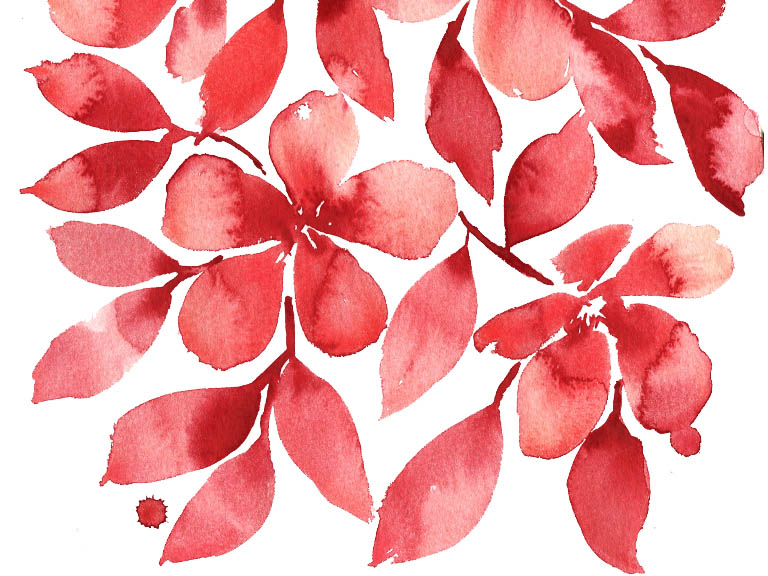
Most watercolour beginners ask what they can do to improve their work. In fact, along with how much water to use, it’s one of the most common questions I get asked!
When I started painting, I had the same question. You look at your work and you know that something is missing or not quite right, but you can’t put your finger on what exactly.
And honestly, it normally comes down to contrast. Learning how to master contrast in your paintings takes them into the next level.
The problem is that watercolour is not like other mediums. They use added white to get lighter colours. But in watercolour, you need to use water to change the value.
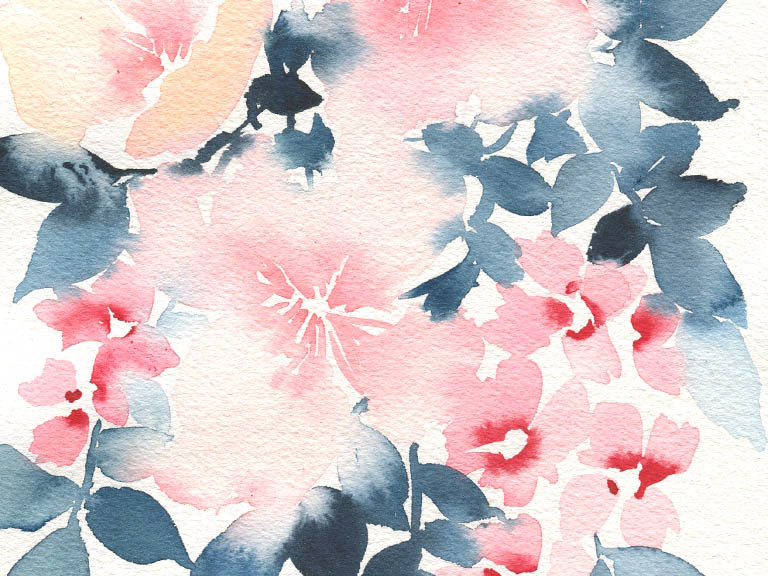
What is value in watercolour?
Value is the lightness or darkness of a colour. A light value is pale and transparent, and a dark value is rich, deep and opaque. And we get value in watercolour by adding more or less water to the mixture.
A thick mixture of a lot of paint with a little water will give you a dark value. Abd a lot of water with only a touch of paint will be a light value.
How to paint a value scale
The best way to master this is to create a value scale. Choose one of your colours and let’s paint! I’m using Prussian blue for mine.
Get your brush a bit wet and mix up a thick, dark mixture using much more paint than water. Then paint a square or circle on your paper. This will be our darkest value.

Now rinse off your brush a bit, getting more water on it. Wipe on the edge of your water cup to stop it dripping, then paint another shape next to your dark one. This will be a lighter value but still dark.
Now repeat the same process again for an even lighter value. Keep going along in a line until you have a mixture that’s mostly water with just a hint of paint. You’ll think it’s going to be invisible but actually it does has some colour!
You should be able to get 8 distinct values out of most colours. Let’s number them from 1 at the dark end to 8 on the light end.
Most beginners paint their entire picture with a 3 or 4 value. And that’s why it looks a little flat or off. You should be using each of the values in your painting, with some really light areas next to really dark areas.
Using black and white to see contrast
It can sometimes be hard to see contrast in a painting using different colours. Our eyes are so distracted by the colours that we can’t seem to see the value. It helps to see it in black and white- take a photo on your phone and switch it to monochrome. If everything is a mid grey, it means your contrast is low.
You can see below some of my work made into black and white, and how contrast has an impact.
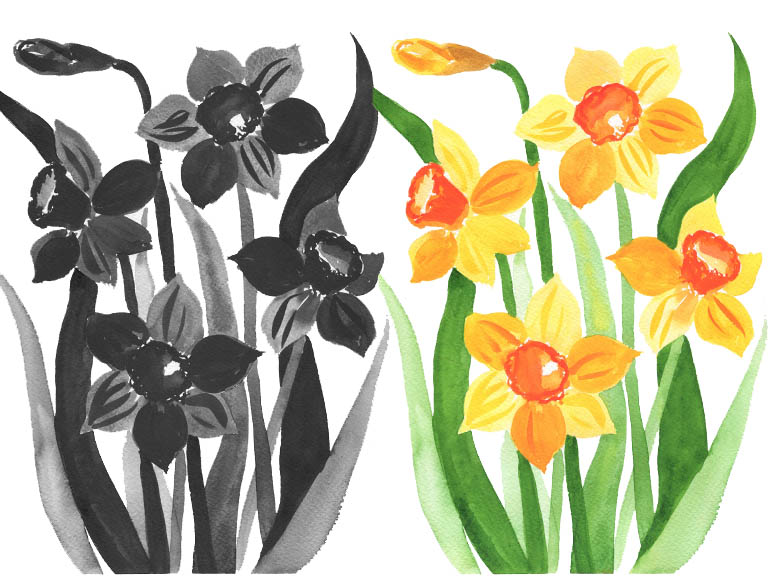
How to use more contrast in watercolour
It takes a bit of practice to master contrast, but it will become second nature eventually. These tricks worked for me!
Paint in monochrome
When you’re only using one colour, it makes it much easier to see contrast. You’re not worrying about mixing colours and can focus on values.
Use a value scale
Keep a value scale next to your painting so you can compare and make sure you’re using all the light values.
Only add water to your brush
As you’re painting with a colour and feel the brush get dry, you’ll want to reload. Instead of going back to the palette for more paint, just pick up water and keep going. It will easily create much lighter values.
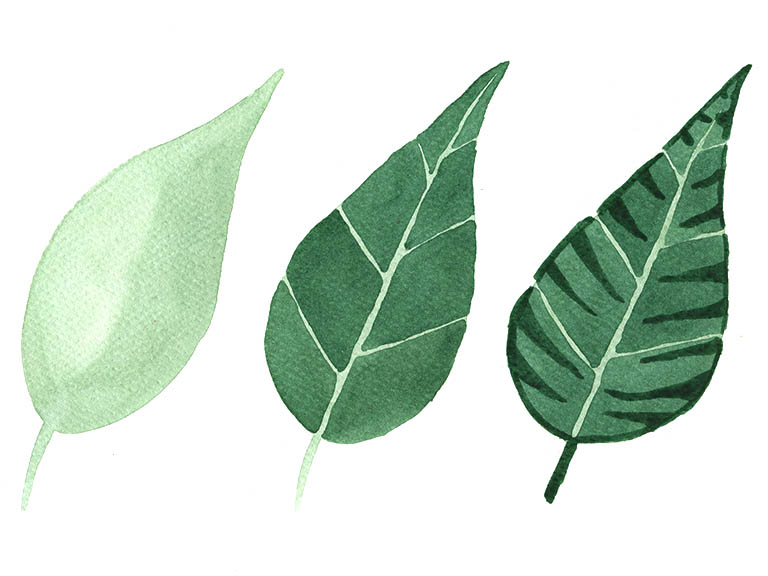
Add details on dry in dark tones
If you finish a piece and think it looks flat and low on contrast, try adding darker tones and layers over the top. Add darker leaves and veins to florals, or silhouettes of trees to landscapes.
Use white space
Make sure you’re leaving areas free of paint for white space and highlights. This will automatically be the lightest value and keep the contrast high.
Add white over the top
You can also add highlights in other mediums, like white gouache or acrylic, white gel pens or Bleedproof white. Here are my favourite whites to use with watercolour!
Now you can increase the contrast in your watercolour painting, they’ll soon look much more effective.
Next, read about using wet on wet watercolour techniques to take your work to the next level!
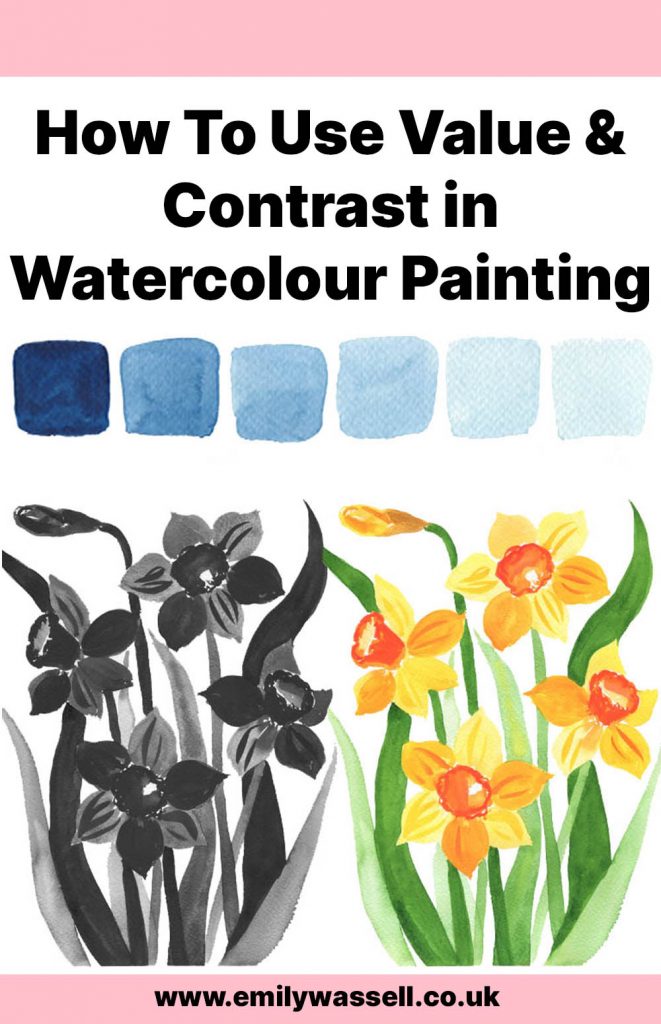
Download my free watercolour supply guide
Feeling overwhelmed and confused by watercolour paints, papers and brushes? Download my free guide filled with insider info, including a list of good supplies for every budget, and my complete supply list!
